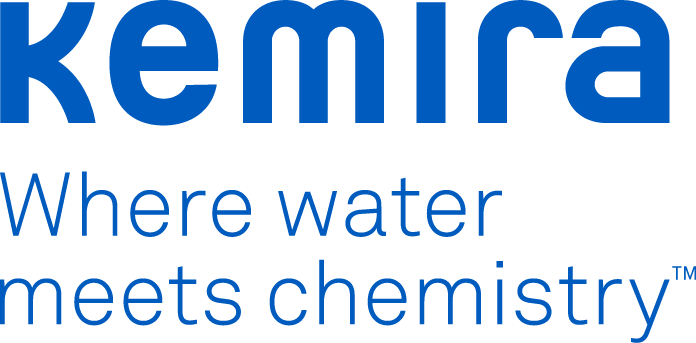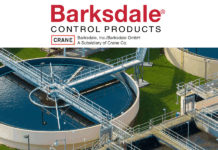
As any reader here knows, water is a precious natural resource. As shortages become more common, it’s clear that demand is only going to increase.
At the same time, the development of Big Data, machine learning and artificial intelligence is beginning to offer realistic opportunities to manage water treatment systems in more efficient ways. While the use of Big Data in water treatment is still in its infancy, we’re gaining beneficial and actionable insight into multi-variate systems that was not previously possible. These are leading to system optimisations.
Existing facilities offer fertile opportunities
With water treatment plants often dating back to the 1970s or 80s, they are usually costly in terms of energy and chemical consumption. Process control is frequently done via manual adjustments, and over-aerating and overdosing of chemicals is common.
Kemira recently began to explore the opportunities Big Data might offer to help ageing plants both increase operating efficiency and also meet rising demand for water. While Big Data can mean many things, the specific target was to reduce OPEX and CAPEX for water treatment plant operators and owners.
Interviews explore the challenges and needs
A series of targeted interview programmes were carried out with dozens of water treatment operators, with water regulatory agencies also involved in the interviews. The interviews revealed that around 80 percent of challenges in WWTP are related to poor plant operation.
When we explained how we might use data to improve operations, the reaction was overwhelmingly positive, with several participants expressing interest in joining the programme.
Rapid, accurate prediction of sludge properties
With this encouragement, intensive work was done which resulted in a new tool that can very accurately and rapidly predict the properties of sludge at a water treatment plant, even within seconds. This is not a future scenario; it is what we can already do today. By combining existing operational data, historical process data, machine data, chemical data and site data, and then applying newly-developed advanced analytics to benchmark the customer against similar sites, we can obtain a very accurate prediction of sludge properties.
The key benefit of this tool is that it gives operators tangible ways to reduce operating costs via better identification and understanding of the key process conditions and chemical properties which impact the sludge dryness. This also allows smoothing out of plant operations. The algorithms are now being further developed to do even more, enabled by artificial intelligence and machine learning.
Pioneering work continues
For many years Kemira has been a pioneer and thought leader in the use of real-time sensors to optimise water treatment. The present work is an important step towards harnessing the combined power of such sensors and Big Data to get cost benefits.
In the long run, we imagine an operation where all water inflow and outflow is measured constantly in real-time by sensors. With the right algorithms, this data can be used to continuously optimise pumping and aerating energy consumption as well as chemical dosing. In this way, operations can be smoothed out and costs trimmed, while still remaining safely within legal limits.








